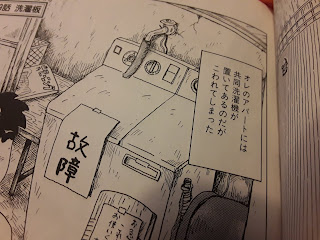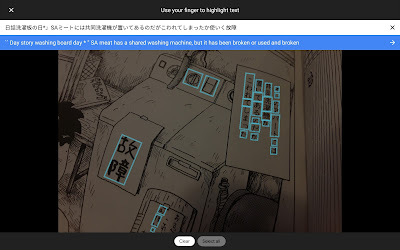10月ぐらいで、新しいコロナウィルすの事情の始まりまだ、約毎日、歩いてAnkiで日本語を練習します。ゆっくり習います。
最近日本語レベルリーダーを読みます。「落語」の物語を読みます、今。少ない言葉がわかりませんけど、ほとんどのものをわかります。
難しかったな!けど楽しかったたぶんよ。
「日本人が知らない日本語」のビデオを見ました。あまりに難しかったね!
10月ぐらいで、新しいコロナウィルすの事情の始まりまだ、約毎日、歩いてAnkiで日本語を練習します。ゆっくり習います。
最近日本語レベルリーダーを読みます。「落語」の物語を読みます、今。少ない言葉がわかりませんけど、ほとんどのものをわかります。
難しかったな!けど楽しかったたぶんよ。
「日本人が知らない日本語」のビデオを見ました。あまりに難しかったね!
6?9?月(ぐらい)、Ankiと読書(大東京ビンボー生活マニュアル、日本語Graded Readers、レシピ)で、勉強と練習をしました、から、そのポーストを書くことができますよ。
Facebookの日本語グループ、ありがとうございました。多分手伝いました。
読書がまだ難しい、そして聞くことがあまりできません。でも、嬉しい、去年よりかんたんの方がだよ。
So Anki + reading things I enjoy at long last is working. May it do the same for you.




